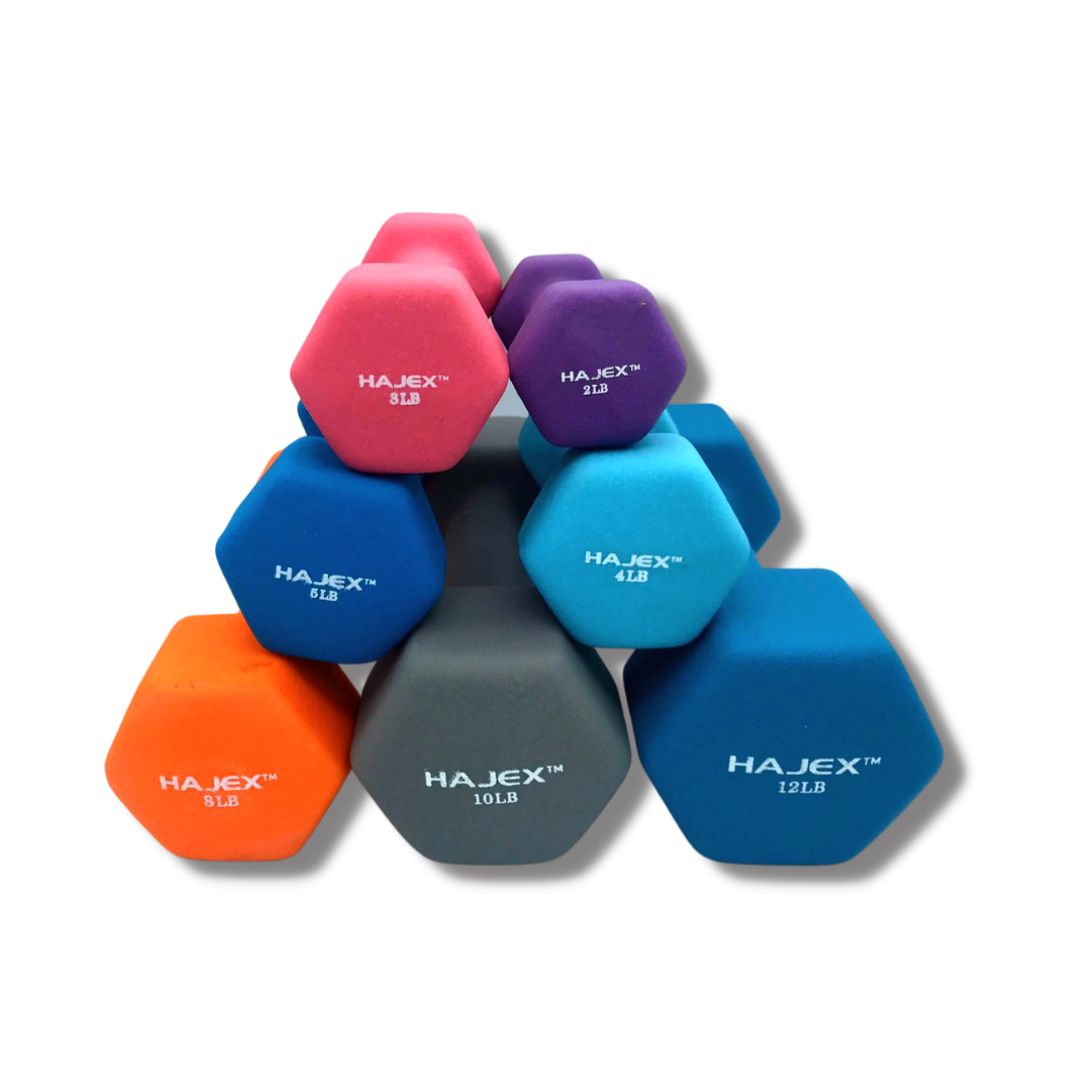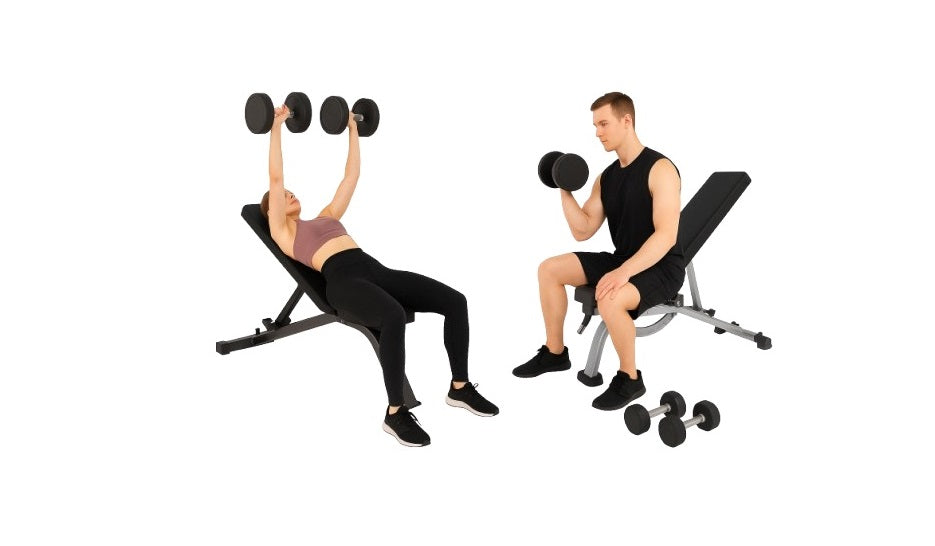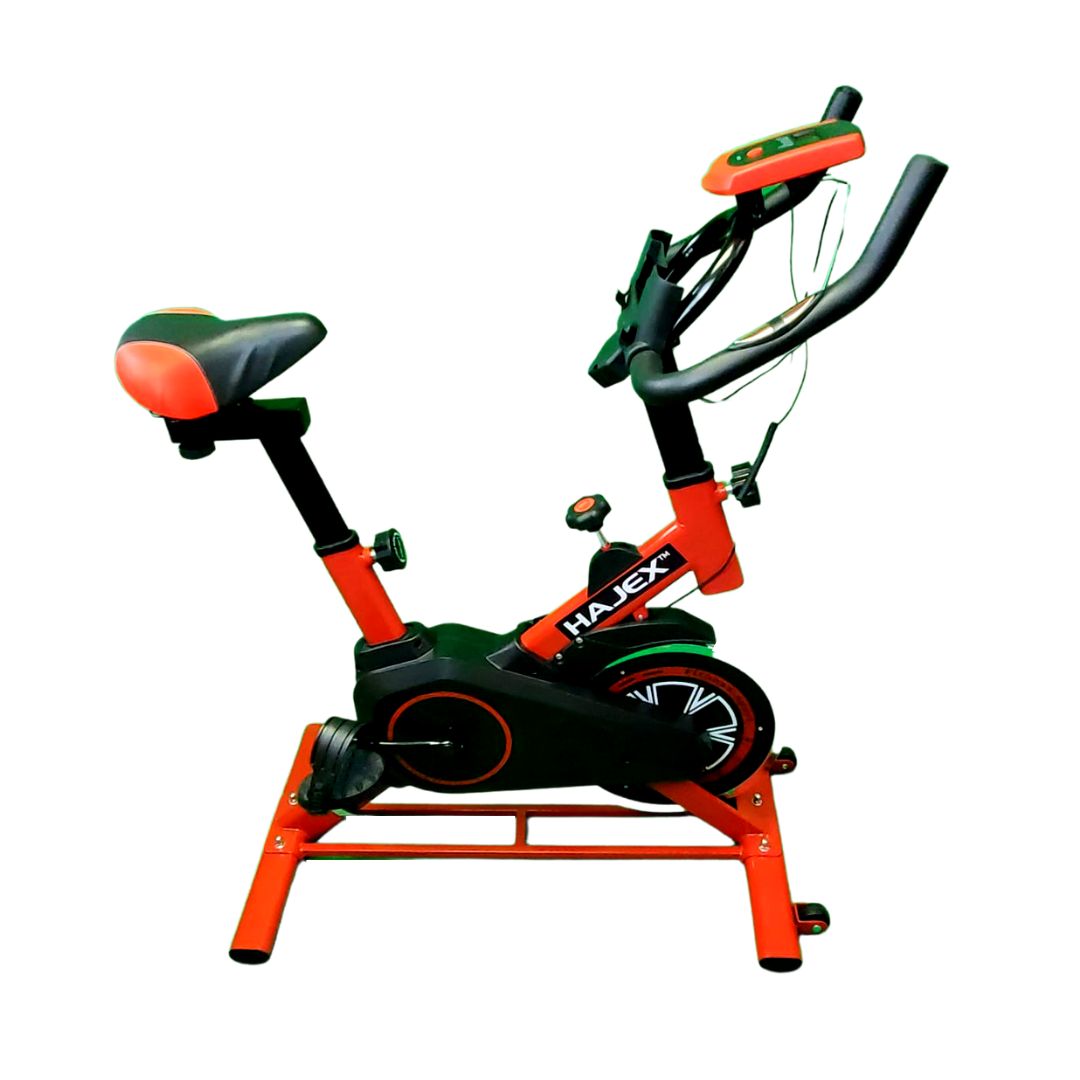Empowering Bodies: Fitness for Disabled and Healthy Individuals
In the realm of fitness, inclusivity is a vital aspect that should be embraced by all. For individuals with disabilities, the journey towards physical well-being may come with unique challenges, but it is a journey that can be navigated with the right support and adaptive strategies. In this article, we will explore the world of fitness for the disabled, shedding light on the importance of inclusive workouts and how they contribute to the overall health and empowerment of individuals with disabilities.

Understanding the Unique Challenges:
People with disabilities often face physical, sensory, or cognitive challenges that can make traditional fitness routines challenging. However, the benefits of regular exercise for individuals with disabilities are profound, encompassing improved cardiovascular health, enhanced mobility, and boosted mental well-being. It is essential to acknowledge the diverse range of disabilities and tailor fitness programs accordingly.
Inclusive Fitness Programs:
The fitness industry has made significant strides in creating inclusive environments that cater to individuals with disabilities. Adaptive fitness programs and accessible facilities have become more prevalent, offering specialized equipment and trained instructors who understand the unique needs of their participants. These programs focus on building strength, flexibility, and endurance in a way that accommodates various abilities.

Adaptive Equipment and Technology:
Advancements in adaptive fitness equipment and technology have played a pivotal role in making workouts more accessible. From adaptive gym machines to wearable devices that monitor and provide feedback on exercise performance, these innovations cater to the specific needs of individuals with disabilities. This technology not only enhances the effectiveness of workouts but also empowers users by providing valuable data and insights.
Tailoring Workouts to Individual Needs:
Personalization is key when developing fitness routines for individuals with disabilities. Whether it's designing seated workouts, disabled workout equipment, incorporating balance exercises, or focusing on low-impact activities, tailoring the program to individual needs ensures that participants can engage in a safe and effective fitness regimen. Consulting with healthcare professionals, physical therapists, and certified adaptive fitness trainers can help create a customized plan for optimal results.

Building a Supportive Community:
Inclusive fitness extends beyond physical activities; it also involves fostering a supportive community. Group workouts and fitness classes provide a sense of belonging, motivation, and encouragement. Creating an environment where individuals with disabilities feel welcomed and understood is crucial for building confidence and sustaining long-term fitness goals.
The Role of Mental Well-being:
Physical fitness is closely intertwined with mental well-being. For individuals with disabilities, engaging in regular exercise not only improves physical health but also contributes to enhanced mood, reduced stress, and increased self-esteem. Inclusive fitness programs play a pivotal role in addressing both the physical and mental aspects of well-being.

Conclusion:
Fitness for the disabled is not just about breaking a sweat; it's about breaking barriers and embracing a holistic approach to health. Inclusive workouts empower individuals with disabilities, providing them with the tools, support, and community needed to thrive. As the fitness industry continues to evolve, it is crucial to champion inclusivity, ensuring that everyone, regardless of ability, can embark on a journey towards a healthier and more fulfilling life
 WEIGHT PLATES
WEIGHT PLATES
 Cast Iron Olympic Plates
Cast Iron Olympic Plates
 Olympic Rubber Weight Plates
Olympic Rubber Weight Plates
 PVC Weight Plates
PVC Weight Plates
 DUMBBELLS
DUMBBELLS
 Rubber Hex Dumbbells
Rubber Hex Dumbbells
 Cast Iron Adjustable Dumbbells
Cast Iron Adjustable Dumbbells
 Round Head Dumbbells
Round Head Dumbbells
 Neoprene Dumbbells
Neoprene Dumbbells
 BENCHES
BENCHES
 CARDIO
CARDIO
 BARBELL BARS
BARBELL BARS
 Home Gym Deals
Home Gym Deals
 Olympic Bumper Plates
Olympic Bumper Plates
 Tri Grip Plates
Tri Grip Plates
 Weight Plates Combo
Weight Plates Combo
 Olympic Steel Hub Bumper Plates
Olympic Steel Hub Bumper Plates
 PVC Dumbbells
PVC Dumbbells
 NUO Style Adjustable Dumbbells
NUO Style Adjustable Dumbbells
 Olympic Barbells 2"
Olympic Barbells 2"
 Standard Barbells 1"
Standard Barbells 1"
 Fixed Weight Bars
Fixed Weight Bars
 Benches with Pulley & Rack
Benches with Pulley & Rack
 CARDIO
CARDIO
 Foldable Walking Pads
Foldable Walking Pads
 Exercise Bikes
Exercise Bikes
 RACKS, CAGES & SMITHS
RACKS, CAGES & SMITHS
 Smith Machines
Smith Machines
 Power Racks
Power Racks
 Squat Racks
Squat Racks
 STORAGE RACKS
STORAGE RACKS
 Dumbbell & Kettlebell Racks
Dumbbell & Kettlebell Racks
 Mini Dumbbell Racks
Mini Dumbbell Racks
 Adjusatble Dumbbell Stands
Adjusatble Dumbbell Stands
 MORE
MORE
 Kettlebells
Kettlebells
 Adjustable Kettlebells - Single & Pair
Adjustable Kettlebells - Single & Pair
 Floor Mats
Floor Mats
 Yoga
Yoga
 Push Up
Push Up
 Resistance Bands
Resistance Bands
 Barbell Pads
Barbell Pads
 Dumbbell Handles
Dumbbell Handles
 Jump Ropes
Jump Ropes












































